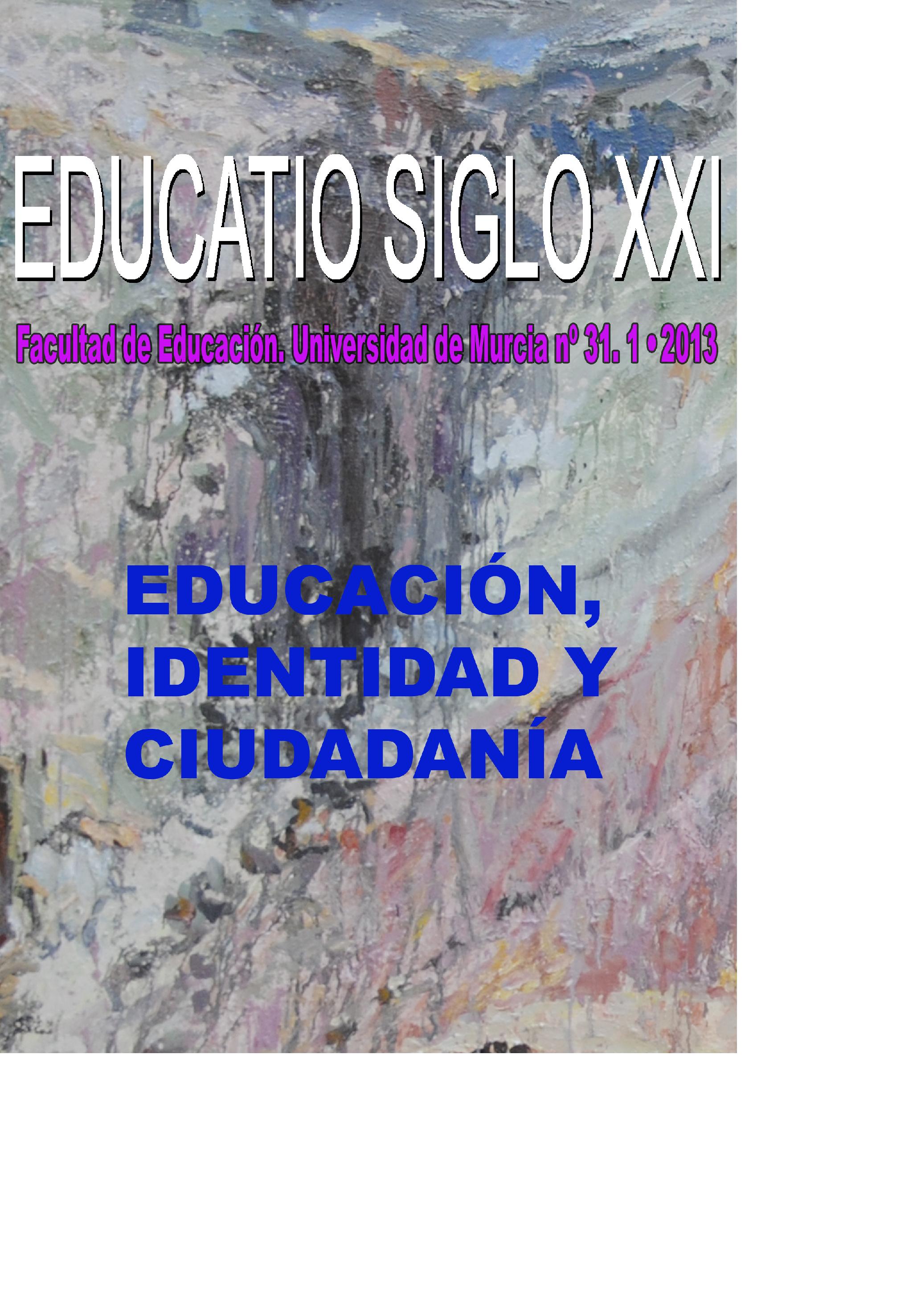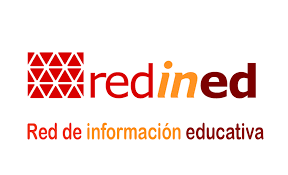Video functions in teacher training for an intercultural education
Abstract
As indicated in the title, this article explores three functions that video can have in the professional development of teachers. The value of each of these uses is discussed in the light of the training they provide to teachers, especially when it comes to encouraging interaction of students with different cultural backgrounds, to facilitating their mutual understanding, and to preparing their families to interact with the social and cultural community where the school is.The legacy of this essay, by way of conclusion, is that the elaboration of video community narratives in the professional development of teachers helps to shape their training and leadership and their ability to make the educational centre engage with the economic, social and cultural problems in its neighbourhood. This form of video shooting is also adequate
to promote actions for change, since by filming stories in teams,teachers learn to bring participants together through processes of reflection and analysis on the recorded images, the ideas to communicate and the problems to denounce.
Downloads
-
Abstract284
-
PDF (Español (España))139
Original work publishes in this journal is subject to the following terms:
1. Murcia University Press (the publishing house) holds the copyright of the publishes work, and favours and allows their reutilization under the use license stated in point 2.
© Servicio de Publicaciones, Universidad de Murcia, 2015
2. Work is published in the electronic edition under a license (Creative Commons Reconocimiento-NoComercial-SinObraDerivada 4.0 España (legal text). They can be copied, used, disseminated, transmitted and publicly presented, as long as: i) authorship and original publication source is acknowledged (journal, publishing house and URL of the work); ii) are not used for commercial purposes; iii) the existence and specifications of this use license is stated.
3. Conditions for self-archive. Authors are allowed and encouraged to disseminate electronically the pre-pint (before review) and/or post-print (accepted for publication) versions of their work before their publication since that favours earlier circulation and dissemination resulting in an increased chance for the authors to be cited and for the work to reach a bigger share of the academic community. Colour: RoMEO: green.








